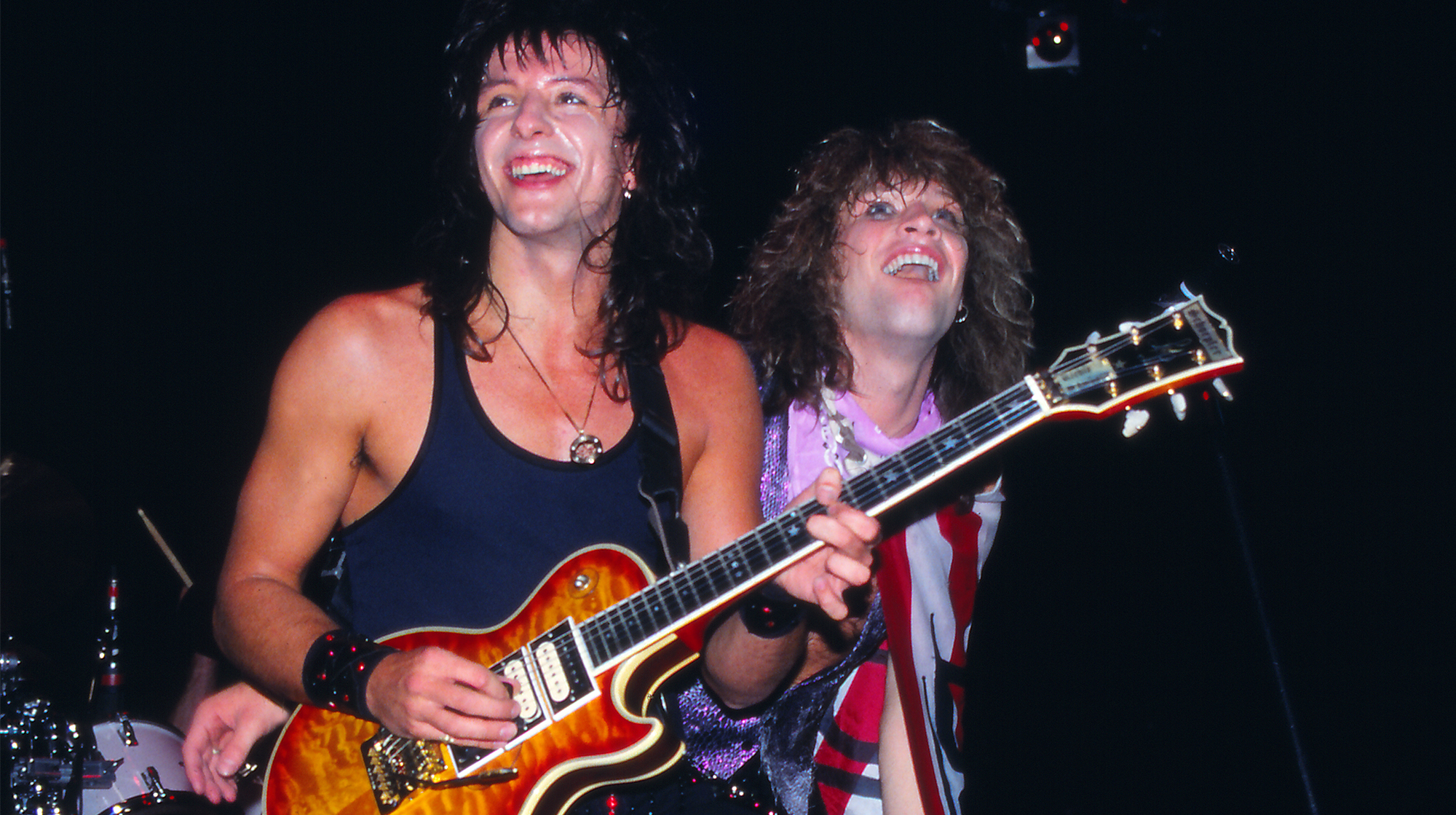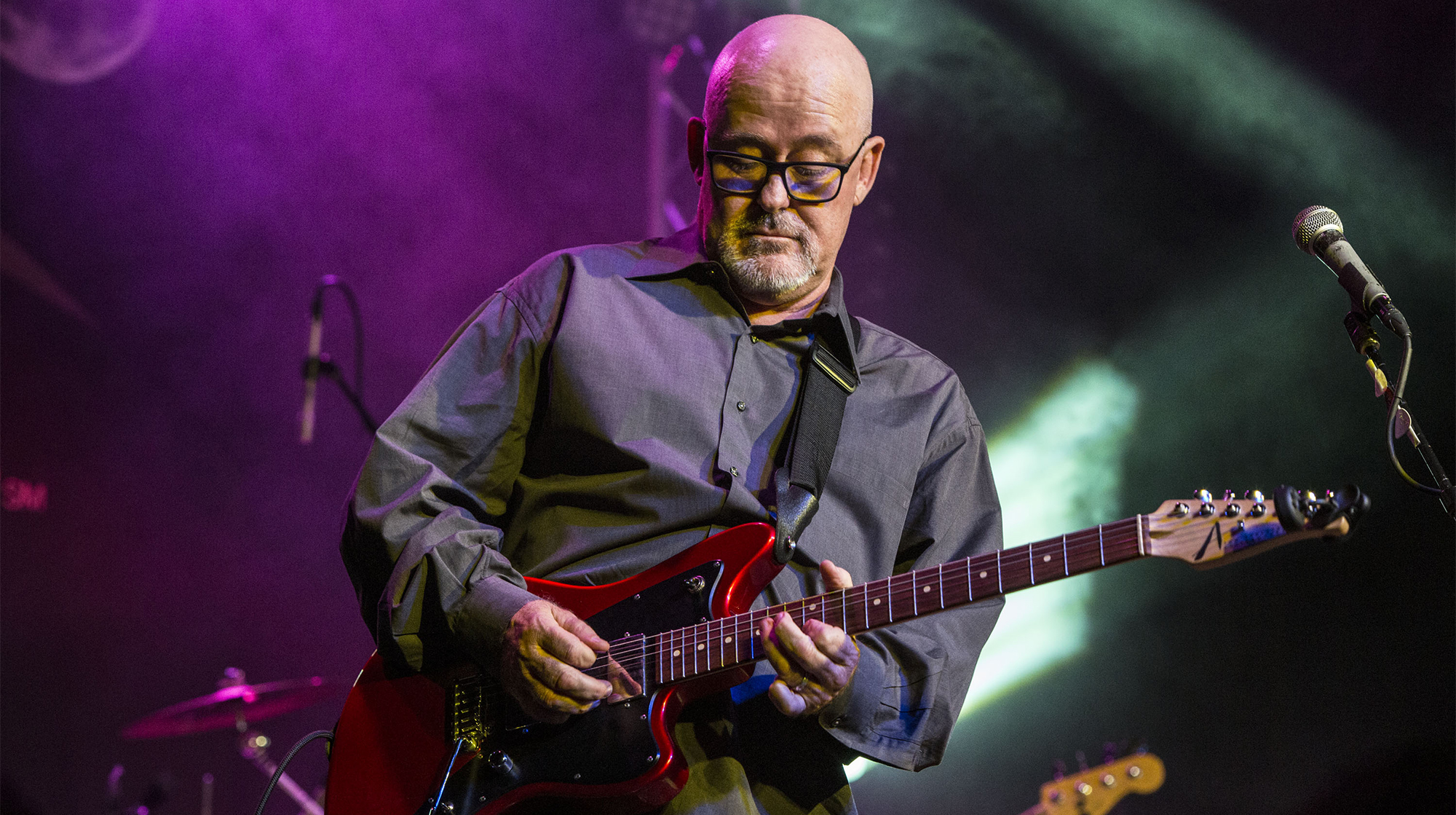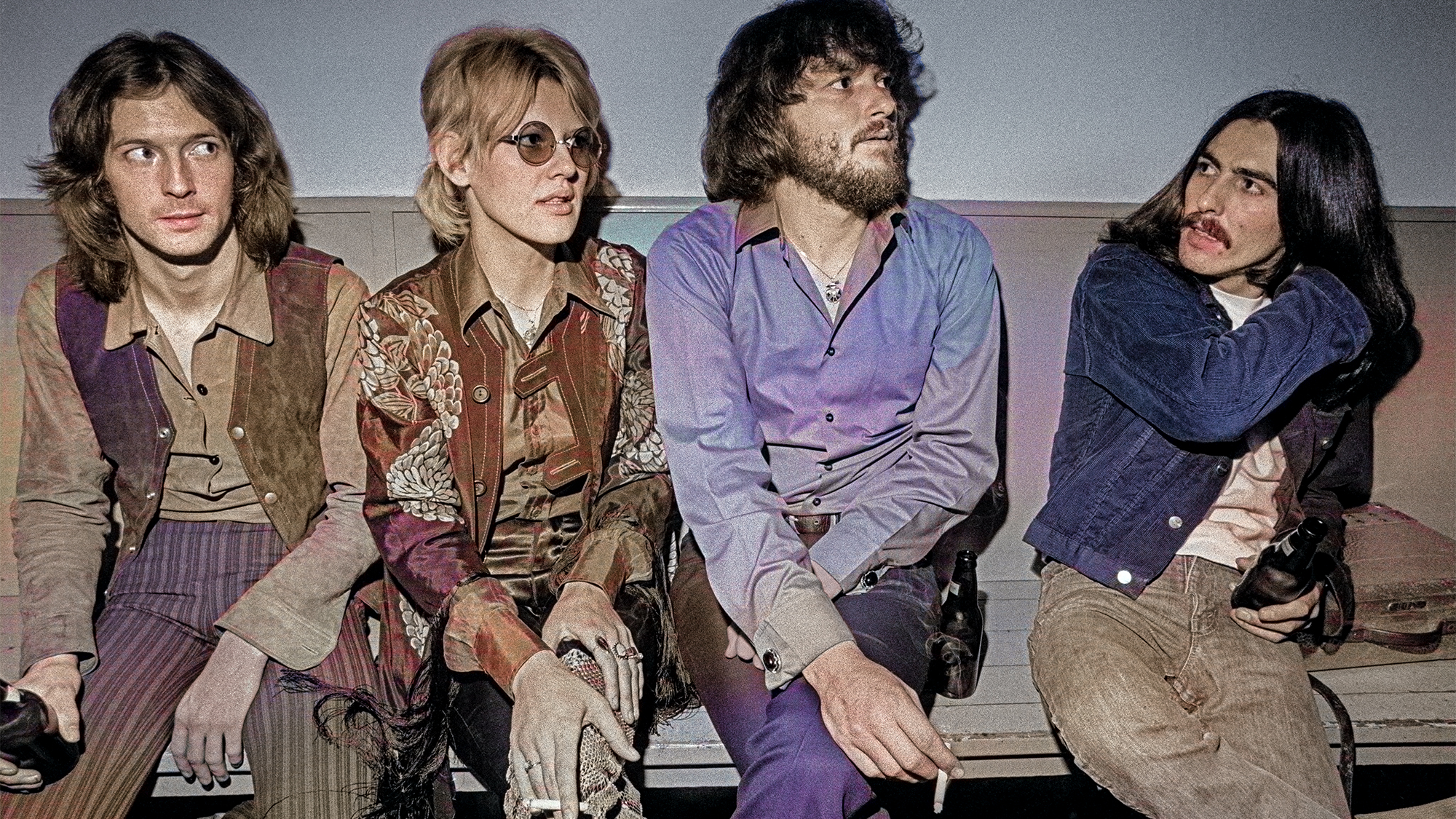“I missed out on being in one of the biggest rock bands in the world!” He played all the guitars on Jon Bon Jovi’s first hit but got passed over for Richie Sambora
Part of every rock band’s success is down to the chemistry of its players. Tim Pierce says "I don’t think I had the image" to be Bon Jovi's guitarist

Part of every rock band’s success is down to the chemistry of its players. The interaction between the singer and lead guitarist is especially crucial to how fans respond to an act. It’s not enough to have the talent — you need to look the part too.
Tim Pierce had a lot going for him in 1982 when he met a young singer named Jon Bon Jovi. He certainly had the guitar chops and was at the start of a career that would see him perform on albums by acts like Michael Jackson, Crowded House, the Goo Goo Dolls, Roger Waters and Phil Collins.
Pierce was working on a session for singer John Waite’s 1982 solo debut — produced by Neil Giraldo — when he crossed paths with Bon Jovi. The singer was unknown at the time and working at the studio — New York City’s Power Station — for his cousin, Tony Bongiovi.
Bon Jovi was cutting demos during the studio’s off hours, which is when Pierce was asked to help out on what would be the singer’s breakout debut single, “Runaway.”
“That happened kind of by accident, as many great opportunities do,” Pierce tells Guitar World. “I was 23 and recording in New York. Jon Bon Jovi was living upstairs at the Power Station. Basically, his job was the janitor for his [cousin], Tony Bongiovi.
“They put together a master demo and he asked me to play on it. I said, ‘Of course!’ I ended up doing all the guitars on ‘Runaway,’ and Jon credited me on the back of the record. That was his first top 40 hit, and I got full credit. It was great.”
As far as electric guitars go, Pierce told Guitar Player he was using a “a Les Paul through Marshalls that were at the studio” for the bulk of his work on the tracks. “I also used a Schecter Strat — you can hear a dive bomb on one of the rhythm parts.
All the latest guitar news, interviews, lessons, reviews, deals and more, direct to your inbox!
“The basic track probably went down in three or four hours, and I did overdubs on another day.”
Pierce recalls that he worked on a total of “six or eight” of the demos that got Bon Jovi his contract with Mercury Records. During that time, he and the singer got close. But when it came time to form a group, Bon Jovi looked elsewhere for a guitarist.
“Jon and I became friends,” Pierce recalls. “He came to L.A. when he was looking for musicians to join his band, but a couple of things happened.
“First, I didn’t have the image to be in the band. People forget that you couldn’t be in a rock band unless you looked a certain way. I didn’t have that image, so Jon never came out and asked.”
At the time Bon Jovi was working with his friend and neighbor Dave “The Snake” Sabo, who would later form Skid Row. Although Sabo wasn’t officially in Bon Jovi’s band, the two musicians had agreed to help each other out with their careers.
In the end, Bon Jovi took the suggestion of his bassist, Alec John Such, and drummer, Tico Torres, and hired guitarist Richie Sambora, a fellow New Jerseyite who had toured with Joe Cocker and auditioned (unsuccessfully) to be Ace Frehley’s replacement in Kiss.
“Richie was the perfect choice,” Pierce says. “The way he plays, looks and sings is great. They wrote some of the most amazing songs ever. Jon didn’t ask, and it probably had to do with the fact that I had another gig — and didn’t look like a rock star.”
“I missed out on being in one of the biggest rock bands in the world,” Pierce acknowledges. “but I don’t think I had the image!”

He had little time to dwell on it. Following his work with Bon Jovi, Pierce got a gig with Rick Springfield, who was enjoying success with the monster hit “Jessie’s Girl.”
“It was a wonderful thing to jump into. I became Rick’s guitar player for five albums, and we’re friends to this day,” he recalls.
Pierce counts himself lucky to have had such a successful career. Although he admits he’s not as polished as some celebrated session players, such as Steve Lukather, he says his rough edges worked in his favor when Nirvana came on the scene in the early 1990s.
“I think it was when Nirvana showed up, the environment shifted to where I was the perfect studio musician," Pierce told The Zak Kuhn Show in early 2025. "Because I was the guy who could sound a little less polished, a little more like a band guy, but I could reliably deliver all the parts. It's just perseverance and time that brought me into the fold.”
Christopher Scapelliti is editor-in-chief of GuitarPlayer.com and the former editor of Guitar Player, the world’s longest-running guitar magazine, founded in 1967. In his extensive career, he has authored in-depth interviews with such guitarists as Pete Townshend, Slash, Billy Corgan, Jack White, Elvis Costello and Todd Rundgren, and audio professionals including Beatles engineers Geoff Emerick and Ken Scott. He is the co-author of Guitar Aficionado: The Collections: The Most Famous, Rare, and Valuable Guitars in the World, a founding editor of Guitar Aficionado magazine, and a former editor with Guitar World, Guitar for the Practicing Musician and Maximum Guitar. Apart from guitars, he maintains a collection of more than 30 vintage analog synthesizers.
